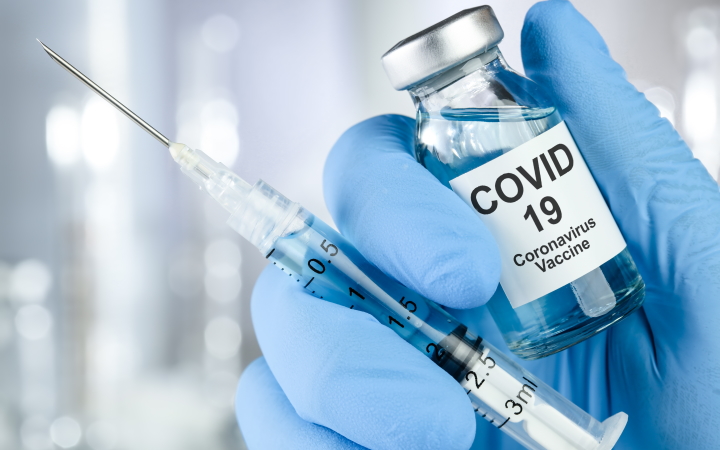
Update on Covid - Progression and Vaccines
It’s 2021 and COVID-19 has not vanished like some had predicted or hoped. The virus continues to affect hundreds of thousands of Americans directly, and millions more indirectly. There are many metrics available to track the direct impact and spread of the virus itself, but they all have their pitfalls and limitations. Testing rates are inconsistent, mortality numbers vary by days of the week, and new cases are reported in bunches.
We all struggle to sift through the noise and inundation of information to identify what is really important. The two most reliable metrics available to help you truly understand the spread of the virus are hospitalizations and positive rate. Since November, both of those numbers have continued to rise, and, as of the first week of January, we have not seen a plateau.
Another challenge: the rollout of vaccines has been painfully slow for most. While there are millions of doses available, the distribution challenges have been more logistical. With limited vaccination sites approved, there is a ceiling on the volume of people that can be vaccinated daily. Additionally, there is disagreement in terms of how much of the vaccine stock should be allocated for the first dose versus the second. For example, most locations who receive 1,000 doses will only give out 500 vaccines as a first dose, while holding back 500 vaccines for the second dose. Some agencies are recommending giving out the full 1,000 doses and then wait for the follow-up shipments to utilize for the second dose; however, this is not without risk. If the second shipment of vaccines never arrives, 1,000 people will not get a second dose, potentially rendering the first dose useless.
Employers are wondering when their essential workers can receive a vaccine. While the CDC has issued recommendations on which industries should be in which vaccination groups, ultimately, each state has the authority to make those determinations.
When can my employees get the vaccine? This is the question on every employer’s mind and, unfortunately, exactly when employees will have the opportunity to get a vaccine remains extremely variable across the country. Even more fluid is the manner in which those vaccines will be distributed from a logistical standpoint. We encourage employers to review their state’s specific vaccine distribution plan and be on the lookout for daily updates from your local government.
Featured News & Insights

AssuredPartners has long been committed to providing you and your teams with highly valuable content packed with deep industry expertise and innovative risk management solutions. As a valued member...

Employers of all sizes across all industries are being challenged to tailor their benefits strategies to meet the expectations of today’s workforce. Human resources and finance teams have been...

As 2025 comes to a close, many organizations are planning celebrations to recognize the milestones they have reached this year. When organizations host end of year celebrations, they are providing an...